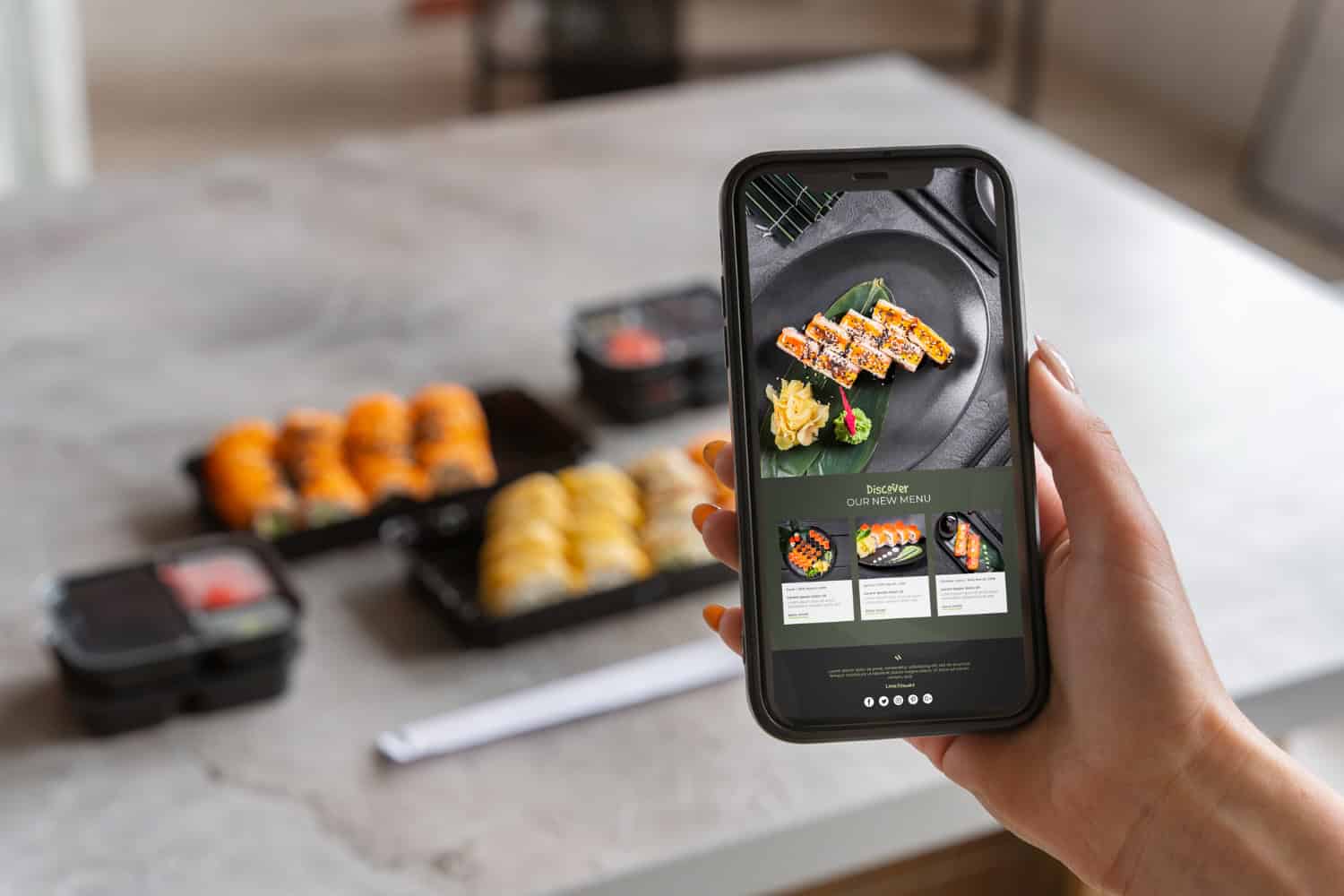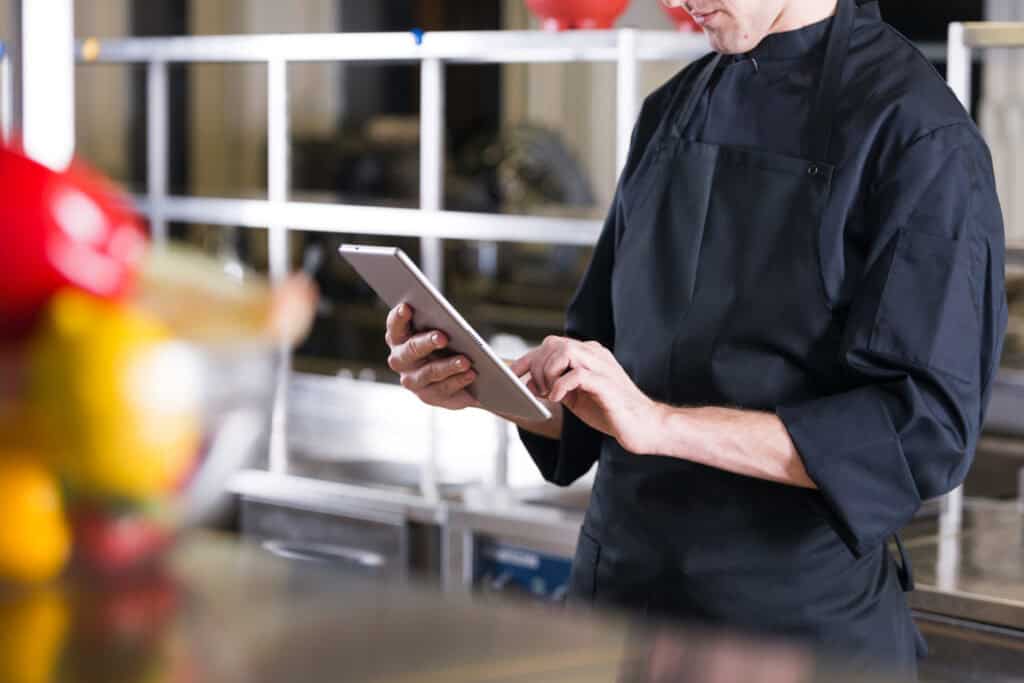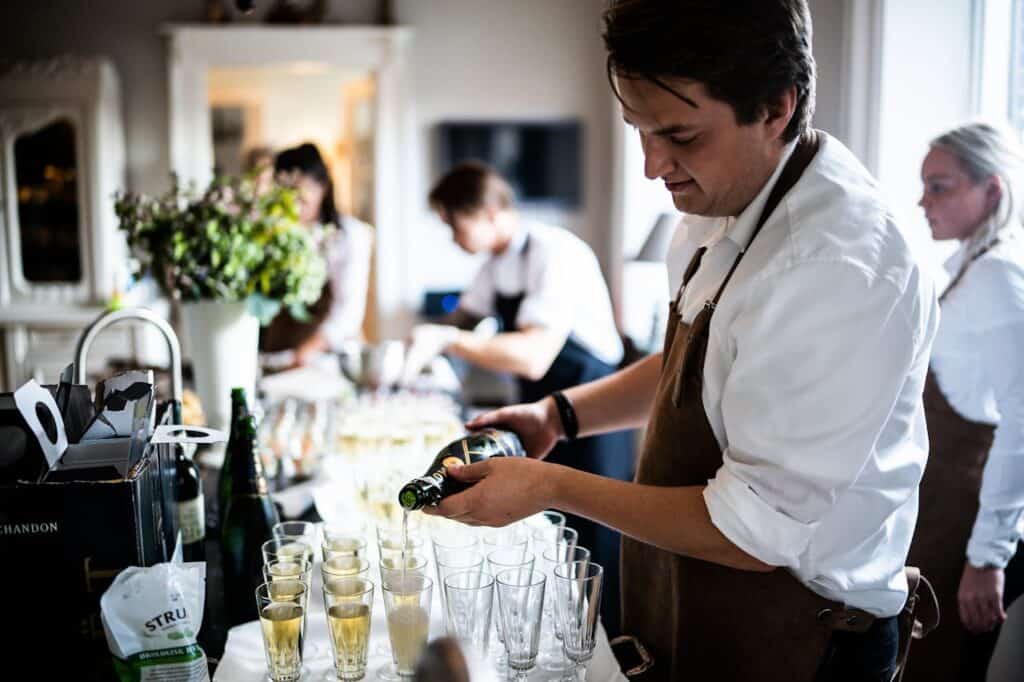
By Jermaine Thomas April 29, 2025
Catering is no longer just about preparing food and setting tables. Today’s clients want experiences that are personalized, efficient, and inclusive. As dietary needs become more diverse and health-consciousness rises, caterers must go beyond standard menus and offer tailored dining options that meet a wide variety of preferences. This is where technology steps in.
With the rise of digital catering tools, businesses can streamline their operations while offering guests a personalized dining experience. From managing allergens to enabling clients to build their own menus through a menu customization app, catering companies are now blending culinary creativity with innovative tech.
The Shift Toward Dietary Personalization in Catering
Dietary preferences and restrictions are more common than ever. Whether it’s gluten-free, vegan, low-carb, nut-free, or religious dietary observance, event hosts want to ensure every guest is accommodated. Meeting these needs manually is not only time-consuming but also prone to error.
Why Personalization Is Essential
Gone are the days when one or two vegetarian options on a menu were enough. Clients today expect inclusivity, and rightly so. People are more educated about nutrition, food sensitivities, and sustainable eating. As a result, caterers are adapting their menus and operations to serve a broader range of needs.
Challenges Without Technology
Before the adoption of digital catering tools, managing personalized dietary requests involved email exchanges, manual spreadsheets, and last-minute phone calls. This often led to miscommunication, overlooked allergens, and unnecessary stress for both clients and caterers.
Now, software tools and mobile applications make the process smoother and far more accurate.

How Digital Catering Tools Are Transforming the Industry
Digital catering tools are applications and platforms designed to manage all aspects of a catering business, including event planning, order tracking, menu creation, and dietary personalization. They help reduce manual errors, save time, and ensure a more organized approach to service.
Centralized Information Management
Instead of relying on scattered notes or multiple systems, these tools store client preferences, dietary notes, and order history in one central platform. This helps the catering team access real-time information and ensures everyone is aligned.
With organized access to data, chefs and event planners can confidently prepare meals that align with dietary restrictions, enhancing customer satisfaction and reducing liability.
Enhanced Communication With Clients
Clients can submit preferences, upload dietary details, and select meals through user-friendly interfaces. Many platforms allow real-time updates and confirmations, which minimizes miscommunication.
Tools like email alerts and in-app messaging also help in coordinating last-minute changes or updates from the client side, adding another layer of convenience.
The Rise of the Menu Customization App
A menu customization app gives clients the power to design their event menu based on dietary preferences, portion sizes, and even ingredient exclusions. These apps simplify decision-making while allowing a personal touch that clients appreciate.
How It Works
Clients browse through categorized menus—such as vegan, keto, or nut-free—select dishes they like, and provide input on ingredients or substitutions. These selections are automatically stored and shared with the kitchen team and event manager.
Real-Time Feedback and Edits
One of the best features of a menu customization app is that clients can make updates on the go. If a guest adds a new dietary request at the last minute, changes can be made quickly and seamlessly.
This flexibility is particularly useful for large events like weddings or corporate functions, where guest lists and dietary needs can shift even at the last minute.
Catering Software: Managing the Backend Like a Pro
While menu customization apps work as the client-facing tool, catering software handles the backend—order tracking, kitchen workflow, staffing, inventory, and delivery scheduling.
Seamless Workflow Integration
Catering software connects different departments within the business. When a client confirms an order with specific dietary needs, the kitchen receives the detailed breakdown, the inventory team checks ingredient availability, and the delivery team schedules the correct logistics.
This type of automation reduces errors and improves efficiency, ensuring the final meal meets both client expectations and dietary guidelines.
Inventory and Allergen Tracking
One of the standout features of modern catering software is its ability to track ingredients and flag allergens automatically. When recipes are created or modified, the system identifies allergens and alerts the team.
This protects the client and their guests from allergic reactions and demonstrates a strong commitment to safety and transparency.
Success Stories From the Catering World
Many catering companies, from boutique firms in small towns to large event organizers in major cities, have seen measurable improvements by implementing digital catering tools and software.
Local Wedding Caterer
A Maine-based wedding catering company used to rely on emails and PDFs to track dietary preferences. As business grew, errors increased, including one instance of serving dairy to a lactose-intolerant guest. After switching to a menu customization app paired with backend catering software, the team saw a dramatic reduction in mistakes and improved client satisfaction.
Clients now feel more engaged, and the staff experiences fewer last-minute surprises.
Corporate Events Specialist
A corporate caterer in Boston used digital tools to standardize its intake forms and menu planning. With over 100 events each quarter, the company needed a more efficient system to handle dietary restrictions. The digital system helped the team deliver consistent quality and earned them more referrals from happy clients.
Choosing the Right Digital Tools for Your Catering Business
Not all tools are created equal. It is important to choose digital catering tools that suit the size, scale, and niche of your business. Here are some important considerations when selecting a platform:
Scalability
Ensure that the software can grow with your business. Whether you’re serving 50 guests or 500, the tool should handle data efficiently without slowing down or crashing.
Customization Features
Look for a menu customization app that allows detailed input, from ingredient selection to portion control. Customization ensures that clients feel their needs are truly being addressed.
Mobile Accessibility
In today’s mobile-driven world, your catering software should be accessible from tablets or smartphones. This allows your staff to update information, check orders, and communicate on-site during events.
Customer Support
Reliable support is critical. Whether it’s training your team, troubleshooting bugs, or helping with integration, having access to responsive support ensures you stay on track.
Benefits Beyond Dietary Personalization
While dietary personalization is the core advantage, the benefits of going digital reach even further.
Improved Time Management
Tasks like taking orders, confirming menu details, and managing prep schedules are faster with automation. This gives your team more time to focus on food quality and customer experience.
Enhanced Data Analysis
Over time, catering software collects valuable data. You can analyze which menu items are most requested, which dietary trends are emerging, and which events are most profitable. This insight supports better decision-making for marketing and menu development.
Stronger Brand Perception
Clients notice when a caterer uses modern tools. It signals professionalism, organization, and care. Being tech-savvy can help you win contracts, especially with clients who prioritize digital communication and fast turnaround.

Future Trends in Tech-Driven Catering
The catering industry continues to evolve. As digital platforms become more advanced, we can expect more artificial intelligence integration, predictive analytics, and voice-activated interfaces.
AI-Based Menu Suggestions
Some menu customization apps are already experimenting with AI to recommend dishes based on guest preferences and dietary restrictions. This makes planning faster and more accurate.
Enhanced Guest Experience
Eventually, guests themselves may be able to input preferences via QR codes at the table or links shared by the host, creating a fully personalized experience that caters to individual needs without burdening the event organizer.
Conclusion
As dietary personalization becomes more than just a trend, catering businesses must evolve to meet rising expectations. The integration of digital catering tools, menu customization apps, and comprehensive catering software is transforming the way events are planned and executed. By using these tools, caterers can deliver a better guest experience, improve operational efficiency, and grow their business with confidence. Technology is not here to replace the art of food, but to enhance the way it is delivered, ensuring every plate reflects both flavor and thoughtfulness.
Now is the time to adopt the tools that will define the future of catering. Start small, choose platforms that fit your needs, and keep your focus on creating memorable, personalized experiences for every client and guest.